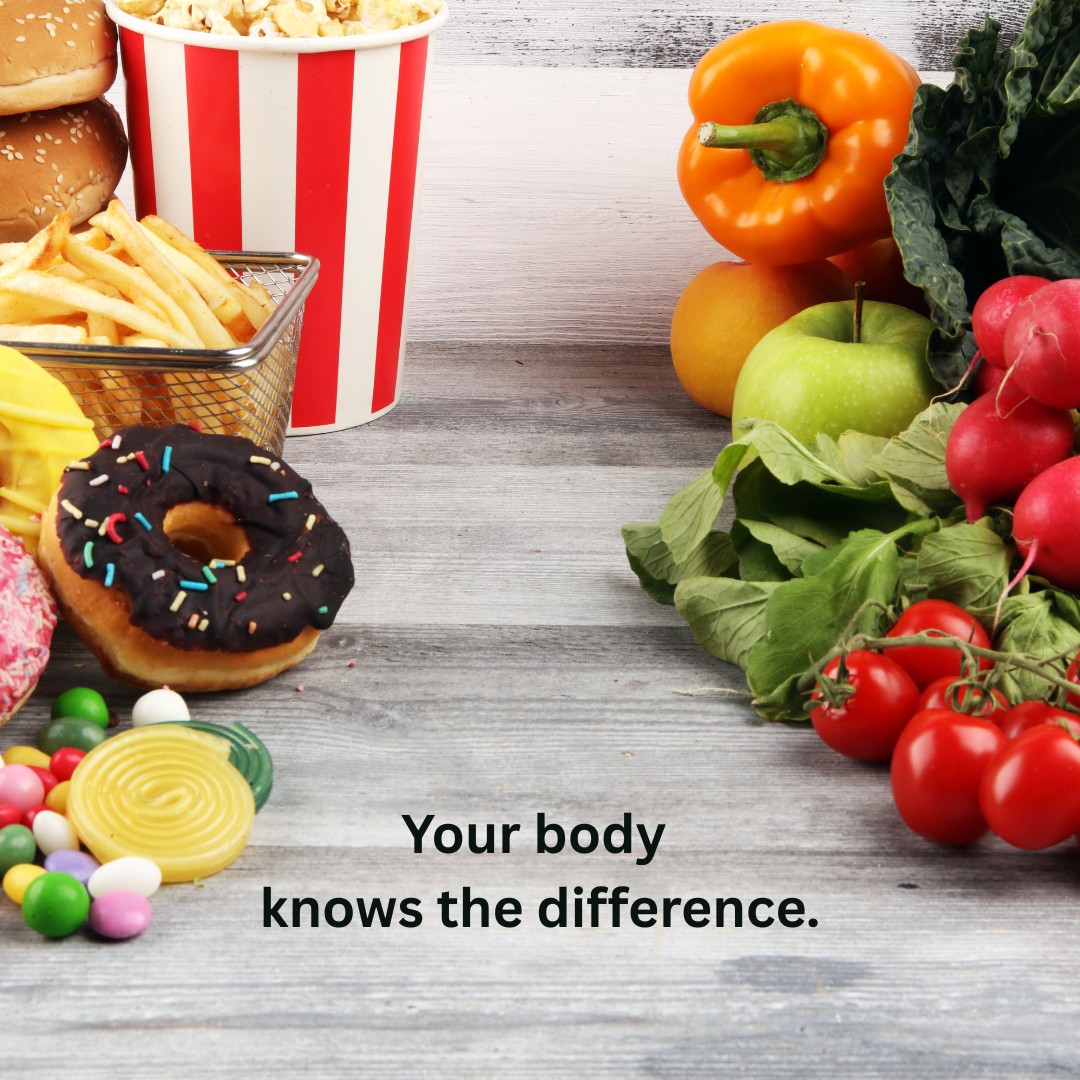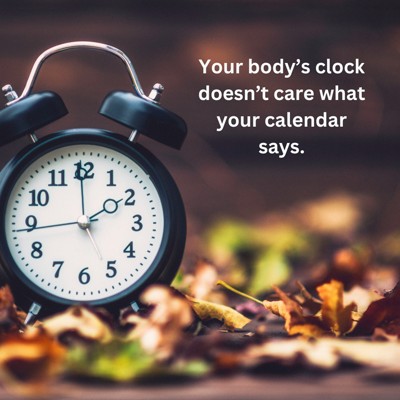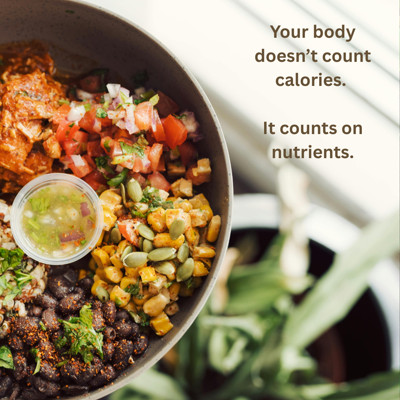Peggy Kraus is an exercise physiologist and diabetes care and education specialist. Her clients say her superpower is helping people reverse type 2 diabetes—but the impact of her work goes far beyond that.
With almost 30 years in cardiac rehab, Peggy has seen firsthand how the American diet has taken a toll on so many lives, leading to chronic disease and unnecessary suffering. She knows health isn't just about managing symptoms—it’s about reversing disease when possible, feeling strong and energized, and thriving.
She’s helped thousands of people lower blood sugar, lose weight, improve cholesterol, and reduce blood pressure—all through simple, strategic lifestyle changes rooted in science and compassion.
Her signature 6-week program, 5 to Thrive, distills the five key strategies her most successful clients use to create lasting change. And now, her newest program, Diabetes Rescue, is helping people say goodbye to type 2 diabetes for good. It’s a bold, plant-powered path to reversal—designed to give people the tools, support, and confidence to take back control of their health.
Her plant-based approach is powerful. And so are the results her clients achieve.













